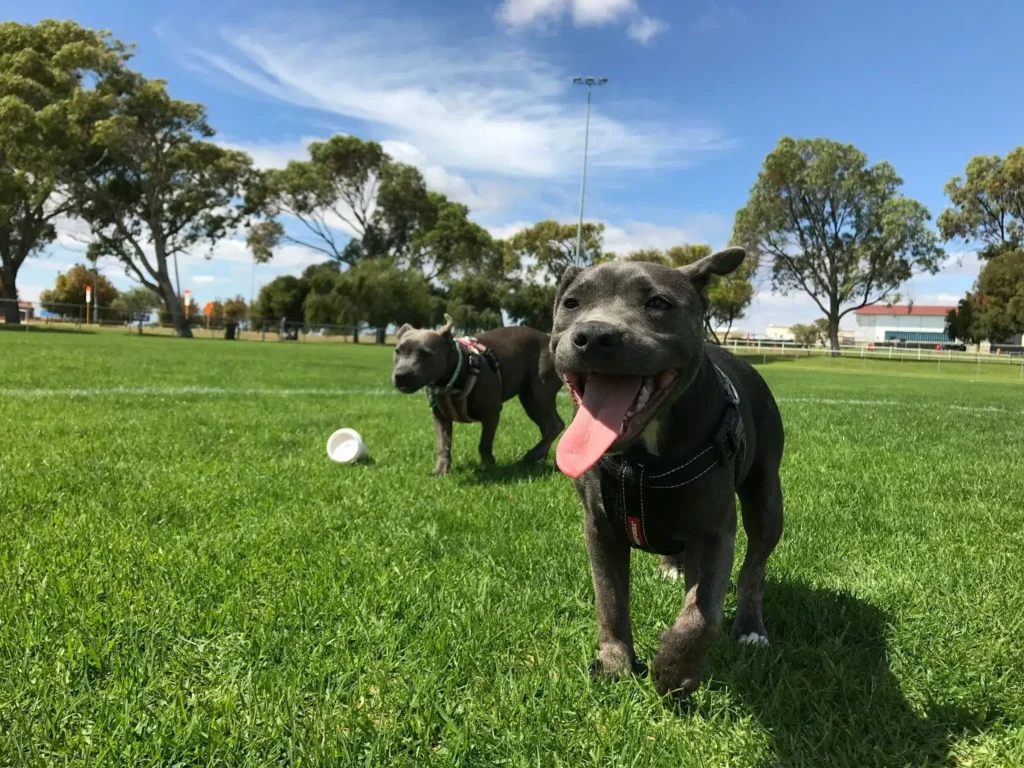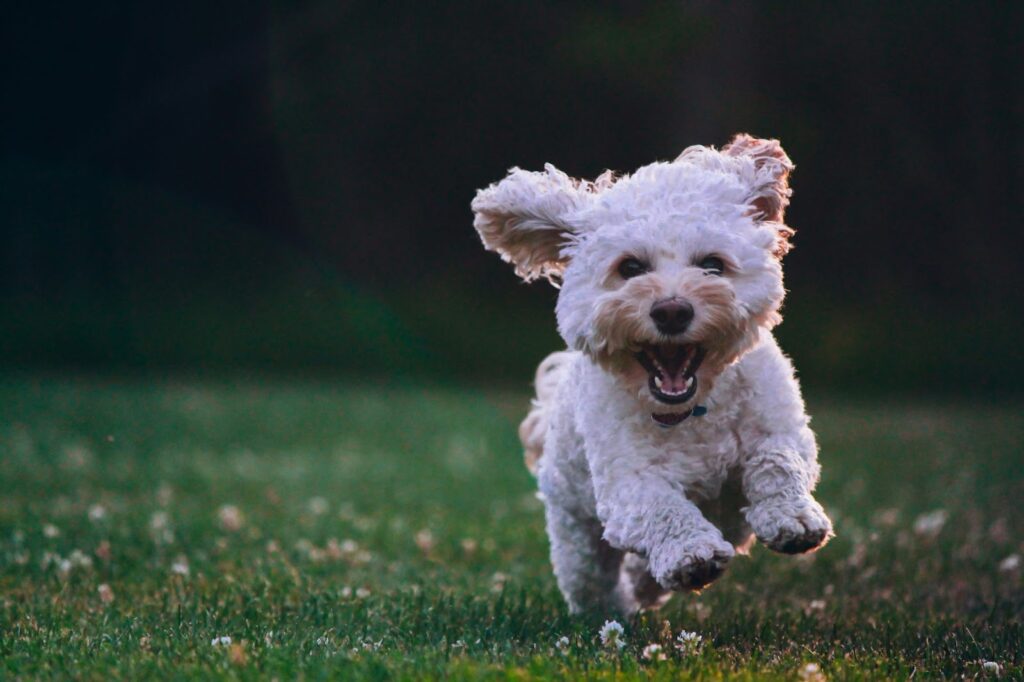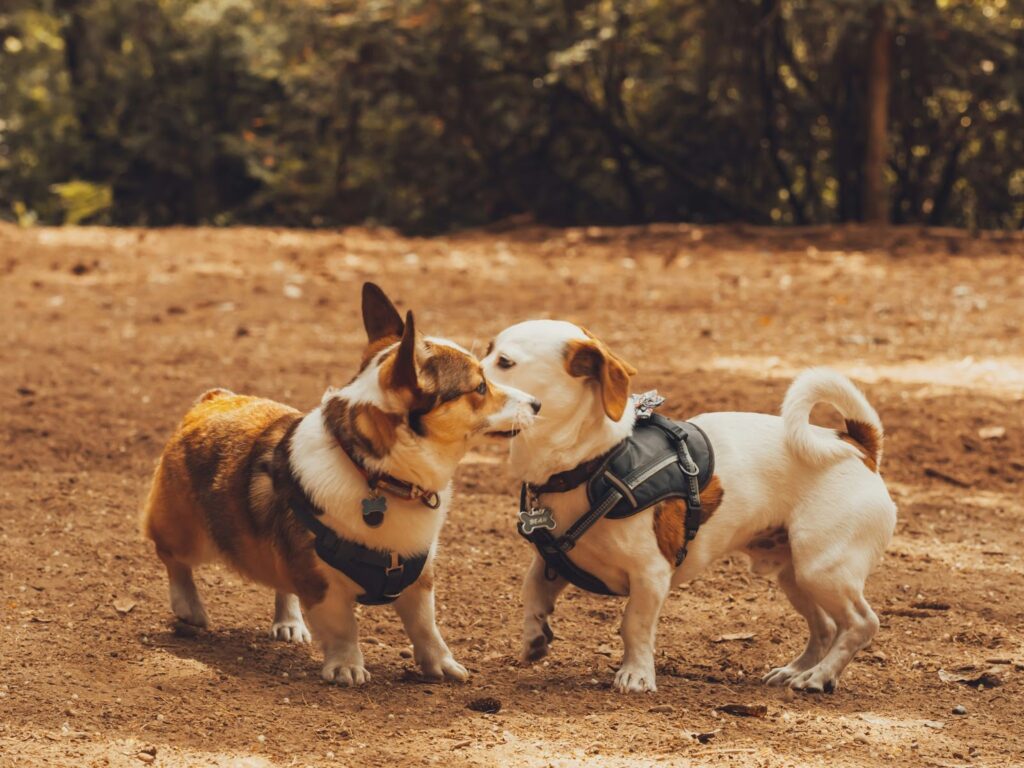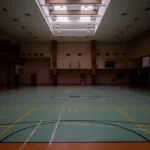Creating Separate Areas for Different Dog Sizes
When designing your park’s layout, it’s important to create separate play areas for different dog sizes. This segregation ensures the safety and comfort of all dogs, as it minimizes the risk of potential conflicts or injuries.
Integrate fencing or barriers to divide the areas and mark entrances and exits to prevent accidental mixing of dogs between zones in the park building.
Furthermore, when designing separate areas for different dog sizes, it’s crucial to consider the specific needs and behaviors of each group. Larger dogs may require more open space for running and playing, while smaller dogs might prefer areas with more hiding spots and smaller obstacles to navigate.
By tailoring each section to cater to the unique characteristics of different dog sizes, you can create a harmonious environment where all dogs can enjoy themselves safely.
Pro tip:
When designing a dog park building layout, prioritize flexibility and adaptability. Incorporate modular elements like movable fences and agility equipment to create different zones for play, training, or rest. This allows you to easily reconfigure the space to accommodate varying dog sizes, energy levels, and interests.
Incorporating Play Structures and Obstacles
A well-designed dog park includes various play structures and obstacles to keep dogs mentally stimulated and physically active in the building. Consider adding agility equipment, such as hurdles, tunnels, and ramps, to provide dogs with opportunities for exploration and exercise.
In addition to agility equipment, incorporating interactive elements like puzzle toys and scent games can engage dogs’ instincts and provide mental enrichment. These activities not only keep dogs entertained but also promote problem-solving skills and cognitive development.
By offering a diverse range of play structures and obstacles, you can cater to different play styles and energy levels, ensuring that all dogs have a fulfilling and engaging experience at the park.
Check out: Commercial Construction In Woodstock GA
Planning for Shade and Seating Areas
Shade is essential in a dog park to protect dogs from excessive heat and sun exposure. Incorporate trees, canopies, or covered structures within the park to provide ample shade options.
Additionally, provides comfortable seating areas for pet owners to relax and socialize while keeping an eye on their furry friends.
When planning for shade, consider the orientation of the sun throughout the day to ensure that shaded areas remain cool and comfortable for both dogs and their owners. Installing water stations near shaded spots can also help keep dogs hydrated during playtime.
Furthermore, incorporating natural elements like grassy areas or artificial turf in shaded zones can create a relaxing environment for dogs to rest and recharge between play sessions.
By strategically designing shade and seating areas, you can enhance the overall experience for both canine visitors and their human companions.











